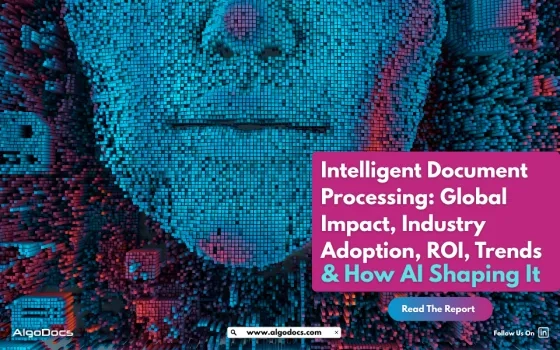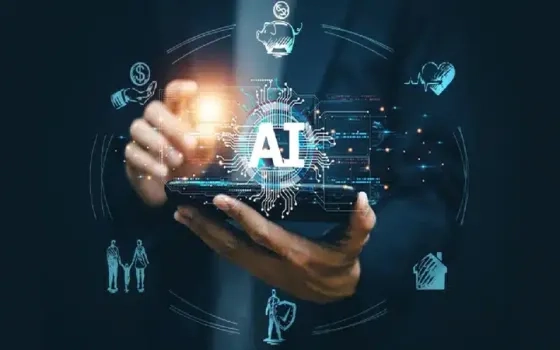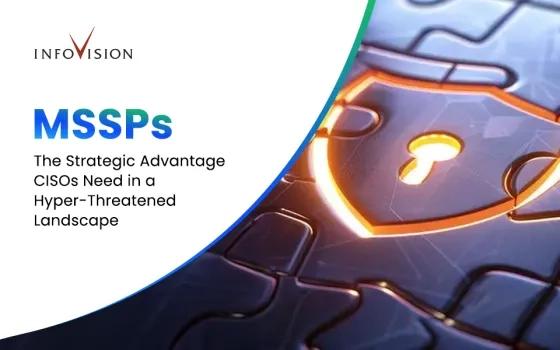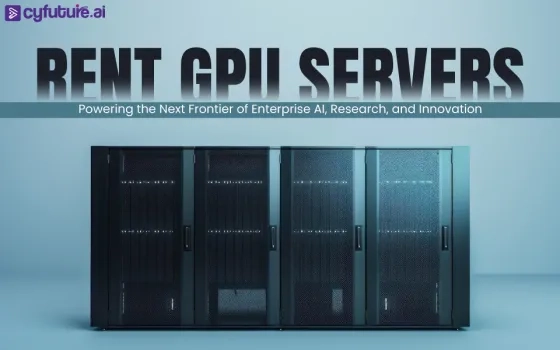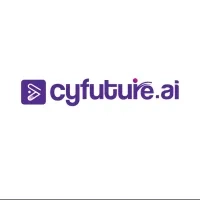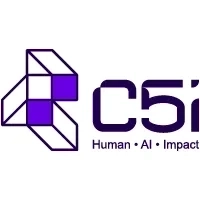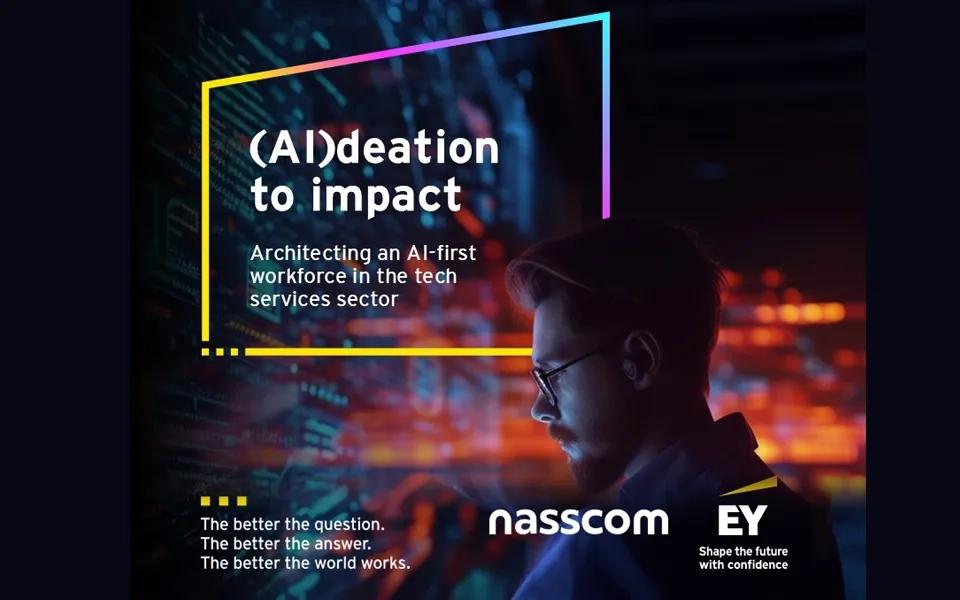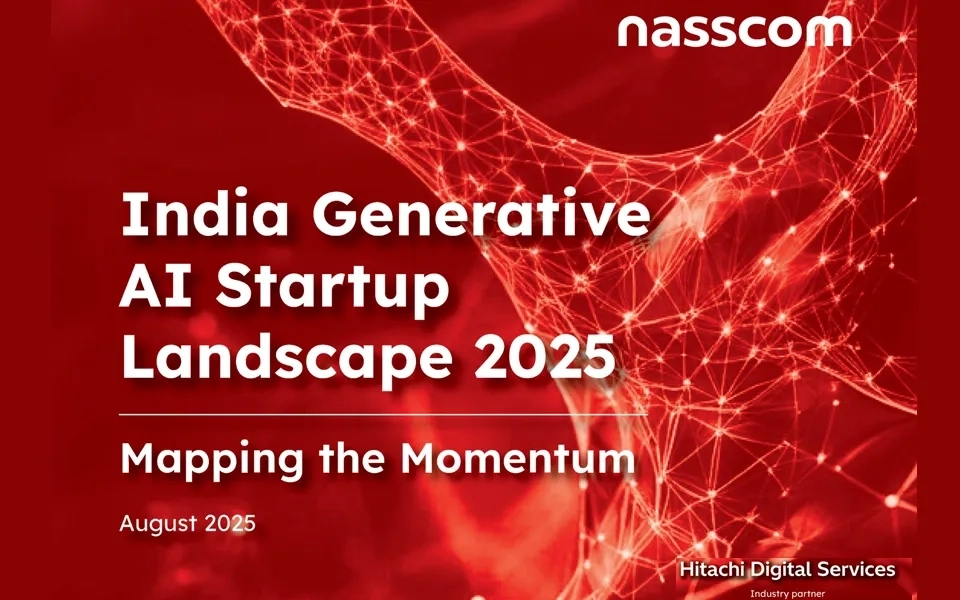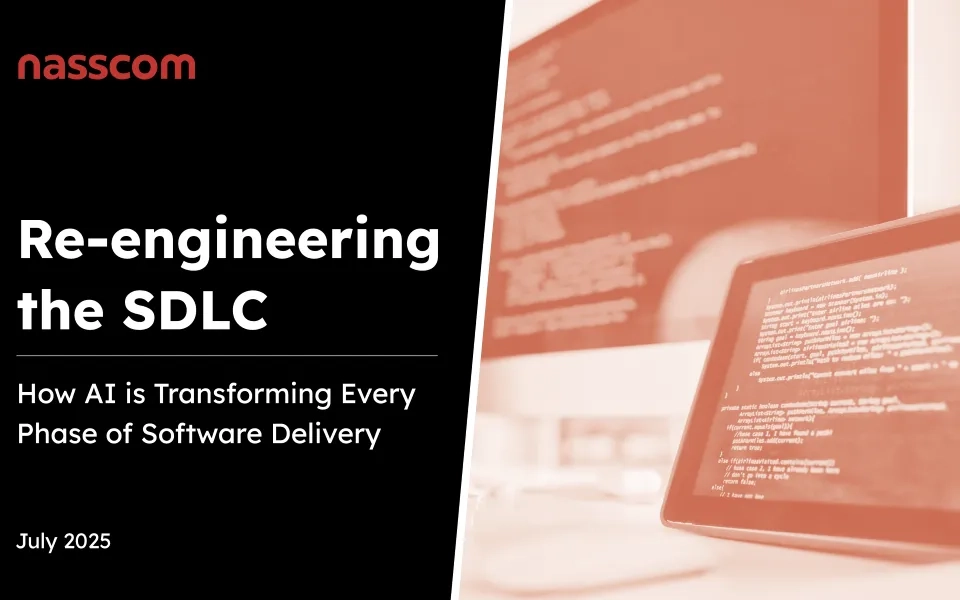Authored by: Chirag Trivedi, Technical Lead - Xoriant
Agentic AI marks a major leap in the evolution of artificial intelligence, offering autonomous decision-making capabilities that go beyond traditional AI applications. Unlike conventional AI, which relies on explicit human instructions, Agentic AI can execute complex tasks with minimal intervention, adapting dynamically to changing environments.
How Does Agentic AI Enable Autonomous Learning?
The key to Agentic AI’s adaptability lies in its ability to continuously learn and improve. Traditional AI systems operate on predefined rules, whereas Agentic AI evolves based on its interactions with the business landscape. For instance, an eCommerce chatbot utilizing Agentic AI can refine its product recommendations over time by analyzing customer behavior.
Beyond adaptability, Agentic AI introduces a proactive approach to business processes. This self-improving nature makes continuous learning the foundation of its intelligence.
Understanding Continuous Learning in Agentic AI
Continuous learning in AI refers to its ability to constantly evolve by acquiring new knowledge, enhancing model performance, and adapting to shifting market conditions and business environments. Unlike traditional AI systems that require periodic retraining, continuous learning enables AI to autonomously improve through ongoing data processing and iterative refinement.
Agentic AI relies on two fundamental learning mechanisms that drive its adaptability:
Incremental Learning
Incremental learning enables AI models to update themselves dynamically as they process new data. This continuous intake helps improve prediction accuracy and decision-making, ensuring AI systems remain relevant and effective in changing environments. By integrating real-time feedback, incremental learning allows AI to fine-tune its responses without requiring complete retraining, making it particularly useful in rapidly evolving industries like finance and healthcare.
Lifelong Learning
Taking it a step further, lifelong learning empowers AI systems to retain previously acquired knowledge while seamlessly integrating new information. This approach ensures that AI evolves throughout its operational life, enabling it to recognize complex patterns, make informed predictions, and enhance decision-making capabilities over time. Lifelong learning allows AI to generalize knowledge across different scenarios, making it highly valuable for enterprises seeking long-term AI-driven innovation.
Why Enterprises Need Self-Learning AI Systems
Adaptive AI systems, like Agentic AI, process a continuous flow of data, allowing for real-time, intelligent decision-making. Here’s why enterprises stand to benefit from adopting self-learning AI:
1. Data-Driven Decision-Making
Agentic AI equips business leaders with accurate, real-time insights, enabling them to make informed and strategic decisions. By continuously analyzing market trends, customer behaviors, and operational data, AI-driven decision-making helps organizations improve efficiency and competitiveness.
2. Hyper-Personalization
Enterprises can leverage AI to deliver hyper-personalized experiences based on individual customer behavior and preferences. For example, an e-commerce platform can dynamically adjust product recommendations based on browsing history, recent purchases, and seasonal trends, resulting in higher engagement and customer retention.
3. Business Agility
With real-time adaptability, Agentic AI enables companies to swiftly respond to market fluctuations, regulatory changes, and consumer demands. By continuously refining algorithms, businesses can optimize operations and stay ahead of the competition.
4. Proactive Problem-Solving
Self-learning AI helps organizations move from reactive to proactive problem-solving. By identifying potential risks—such as fraud, cybersecurity threats, or equipment failures—before they escalate, AI allows enterprises to implement preventive measures and mitigate issues efficiently.
The Framework Behind Continuous Learning in Agentic AI
Agentic AI systems consist of several interconnected modules that facilitate continuous learning and autonomous decision-making:
Perception Module
Serving as the AI system’s "eyes and ears," the perception module collects and processes real-time visual, auditory, and sensor data. It enables AI to interpret its environment, extract meaningful insights, and make data-driven decisions.
Cognitive Module
The cognitive module acts as the AI’s "brain," applying reasoning, logic, and contextual awareness to solve business challenges. It integrates historical data, real-time inputs, and predictive analytics to optimize decision-making.
Action Module
The action module is responsible for task automation. It enables AI to independently execute predefined actions, such as controlling smart devices, automating workflows, or triggering responses based on real-time data.
Learning Module
At the core of Agentic AI’s evolution, the learning module employs reinforcement learning, historical data analysis, and adaptive training techniques to refine AI decision-making. It allows the system to continuously self-improve through trial and error, optimizing its performance over time.
Collaboration Module
This module facilitates multi-agent collaboration, allowing AI systems to share knowledge, communicate effectively, and work together to achieve shared objectives. Collaborative learning enhances AI efficiency and problem-solving capabilities in complex environments.
Security Module
Ensuring data integrity and system protection, the security module implements encryption, anomaly detection, and access controls to safeguard AI-driven operations against potential cyber threats and unauthorized access.
Technologies Powering Continuous Learning in AI
Agentic AI systems leverage cutting-edge machine learning frameworks to enable self-learning capabilities. Some of the most widely used frameworks include:
-
TensorFlow: Google’s AI framework known for its scalability and reinforcement learning capabilities.
-
PyTorch: Developed by Facebook, PyTorch offers flexibility in model development and seamless integration with Python.
-
LangChain: Specializes in language model applications, enabling AI to decompose complex tasks and retrieve external data.
-
LangGraph: Enhances structured interactions in multi-agent AI applications, improving workflow coordination and decision-making.
Enhancing Chatbot Memory Management with LangGraph
Conversational AI relies on effective memory management to maintain context and coherence. LangGraph optimizes chatbot memory retention in several ways:
-
State Management: Uses cyclical graph structures to maintain conversation context over time.
-
Data Persistence: Stores and retrieves past interactions, enabling AI to provide more personalized responses.
-
Context Awareness: Integrates user profiles and historical interactions to enhance engagement and relevance.
-
Scalability: Expands seamlessly to accommodate growing conversation complexity and volume.
Real-World Applications of Continuous Learning in Agentic AI
E-commerce: Dynamic Personalization
Agentic AI delivers real-time, context-sensitive recommendations by adapting to customer behavior, offering a more personalized shopping experience than traditional AI models.
Finance: Advanced Fraud Detection
By continuously analyzing transaction patterns, Agentic AI identifies anomalies and flags fraudulent activity in real time, reducing financial risks.
Supply Chain: Real-Time Optimization
Agentic AI enhances supply chain efficiency by improving demand forecasting, reducing stock shortages, and optimizing logistics operations.
Healthcare: Personalized Treatment Plans
AI-driven continuous learning improves diagnostic accuracy, tailors treatment plans based on patient data, and integrates the latest medical research.
Manufacturing: Predictive Maintenance
AI-powered predictive maintenance minimizes equipment failures and optimizes production processes, leading to increased operational efficiency and cost savings.
Overcoming Challenges in Building Self-Learning AI Systems
Addressing Data and Concept Drift
Concept drift occurs when the relationship between input and output data changes over time, potentially affecting AI performance. Implementing drift detection algorithms helps enterprises identify and rectify these shifts, ensuring AI models remain accurate.
Balancing Performance and Efficiency
As AI systems grow in complexity, maintaining a balance between computational efficiency and performance is essential. Continuous monitoring and AI governance frameworks help optimize system responsiveness and resource allocation.
Ensuring Ethical and Bias-Free AI
Autonomous AI systems must be designed with fairness, accountability, and transparency in mind. Establishing robust AI ethics frameworks ensures AI-driven decision-making aligns with ethical standards, minimizing bias and promoting responsible AI usage.
The Role of Feedback Loops in AI Evolution
F
Feedback loops are fundamental to AI’s learning process, enabling models to refine their outputs iteratively and improve their accuracy over time. These loops facilitate continuous adaptation by incorporating new data and user interactions, making AI more responsive and effective. Businesses can integrate structured feedback mechanisms within workflows to drive better decision-making, enhance user experience, and ensure ongoing model optimization.
For example:
-
Sales Teams: AI-driven sales assistants can analyze real-time customer interactions and provide instant feedback to sales representatives, helping them refine their approach and close more deals.
-
Human Resources: AI-powered employee engagement platforms can assess workplace sentiment and offer actionable recommendations to improve morale, collaboration, and productivity.
-
Customer Support: Chatbots and virtual assistants can learn from customer queries, improving response accuracy and efficiency while reducing resolution times.
-
Product Development: AI models can process user feedback and behavioral data to suggest product enhancements, ensuring businesses remain competitive and innovative.
Emerging Trends in Continuous Learning for Agentic AI
As AI continues to evolve, several key trends are shaping the future of continuous learning, ensuring AI systems remain adaptable and self-improving:
-
Federated Learning: A decentralized learning approach that enhances privacy and security by enabling AI models to train on local datasets without transferring sensitive information to a central server.
-
Edge Computing & IoT Integration: AI-powered IoT devices can process and adapt to real-time data directly on the edge, reducing latency and improving responsiveness in critical applications such as healthcare, autonomous vehicles, and smart cities.
-
Collaborative Multi-Agent Learning: AI agents working in tandem can share insights and learn from each other’s experiences, leading to more robust decision-making and problem-solving capabilities.
-
Explainable & Ethical AI: As AI systems become more sophisticated, transparency and accountability are increasingly prioritized. Organizations are adopting explainable AI (XAI) techniques to ensure AI-driven decisions can be understood, validated, and aligned with ethical standards.
-
Quantum Computing: The integration of quantum computing into AI training processes holds the potential to accelerate learning, optimize complex models, and unlock new possibilities for large-scale AI applications.
Steps for Enterprises to Implement Continuous Learning in AI
To harness the full potential of continuous learning in AI, enterprises must adopt a structured approach. Here are key steps businesses can take:
-
Identify AI Opportunities: Conduct a thorough assessment of business objectives to determine areas where AI can drive efficiency, innovation, and competitive advantage.
-
Develop Scalable Architectures: Design modular AI models and agents that allow for seamless updates and improvements, ensuring flexibility and adaptability as new data and technologies emerge.
-
Implement Feedback-Driven AI Models: Establish mechanisms that enable AI systems to learn from real-world interactions, user inputs, and performance metrics.
-
Integrate AI Governance & Ethics: Establish clear guidelines for AI use, addressing issues such as bias, fairness, and compliance with industry regulations.
-
Train Teams for AI Monitoring: Equip employees with the necessary skills to oversee, interpret, and optimize AI-driven insights, fostering a culture of continuous learning within the organization.
-
Leverage Automation & AI-Orchestrated Workflows: Automate repetitive tasks while ensuring AI systems work in harmony with human decision-makers for enhanced productivity and efficiency.
Final Thoughts
Agentic AI is reshaping industries by driving continuous learning and intelligent decision-making. Through the integration of feedback loops, emerging technologies, and ethical AI practices, enterprises can build adaptive AI ecosystems that evolve with changing business needs. Organizations that prioritize AI-driven continuous learning will be well-positioned to unlock new opportunities, enhance operational efficiencies, and remain at the forefront of technological innovation.
Author Bio:
Chirag Trivedi is a seasoned Data Scientist and Technical Lead specializing in Generative AI, Natural Language Processing (NLP), BERT, Large Language Models (LLM), and Agentic AI. With a strong background in machine learning and data science, Chirag has successfully delivered AI-driven solutions for information extraction from unstructured data. Currently based in Pune, India, he leads Gen AI and Agentic AI use cases at Xoriant.





